Optimal Timing for Land Clearing
Determining the optimal time for bulldozer land clearings depends on various environmental and seasonal factors. Proper timing can enhance efficiency, reduce costs, and minimize environmental impact. Understanding seasonal weather patterns and soil conditions is essential for scheduling land clearing projects effectively.
Dry seasons typically offer better conditions for land clearing due to firmer soil and lower moisture levels, which facilitate easier movement of machinery.
Soil moisture impacts the ease of clearing; overly wet soil can cause machinery to become stuck and increase erosion risks.
Clearing during dormant vegetation periods, such as late fall or winter, can reduce the amount of foliage and debris to manage.
Scheduling should consider project deadlines, weather forecasts, and soil conditions to optimize land clearing operations.

Bulldozers operate efficiently during dry conditions, reducing soil compaction and erosion.
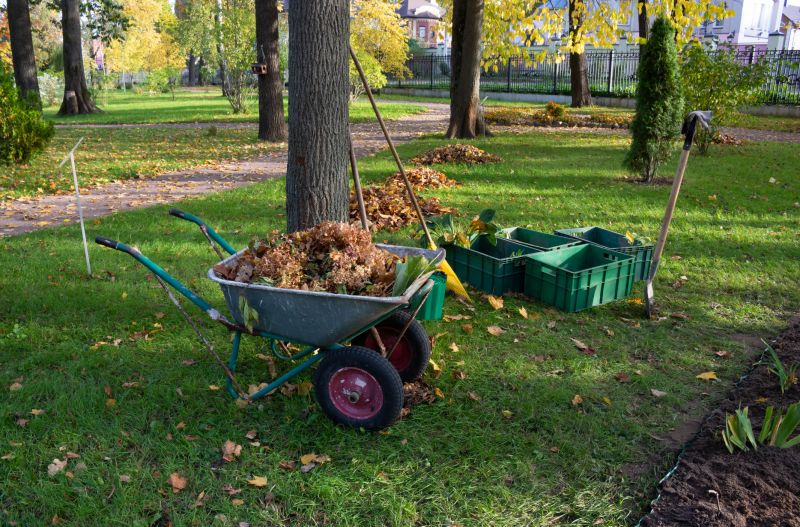
Clearing during dormant seasons minimizes foliage and simplifies debris removal.
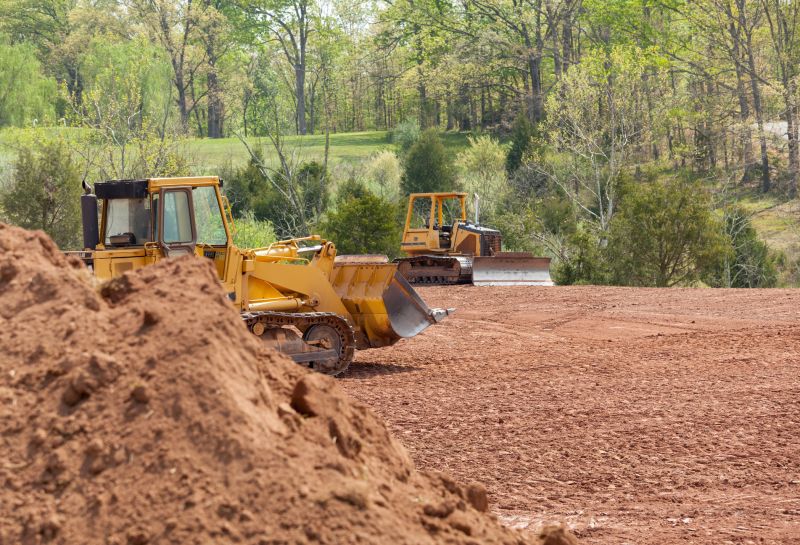
Optimal soil moisture levels are crucial for effective land clearing and machinery safety.

Ways to make Bulldozer Land Clearings work in tight or awkward layouts.
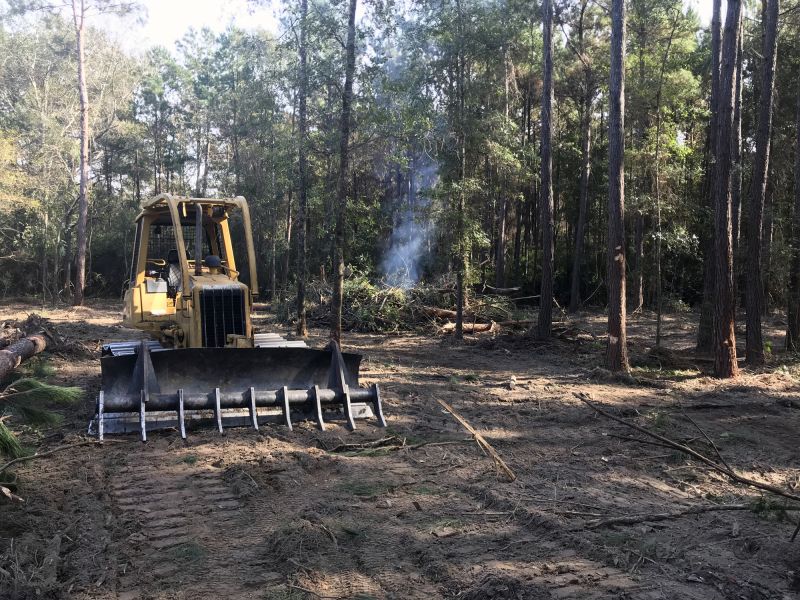
Popular materials for Bulldozer Land Clearings and why they hold up over time.
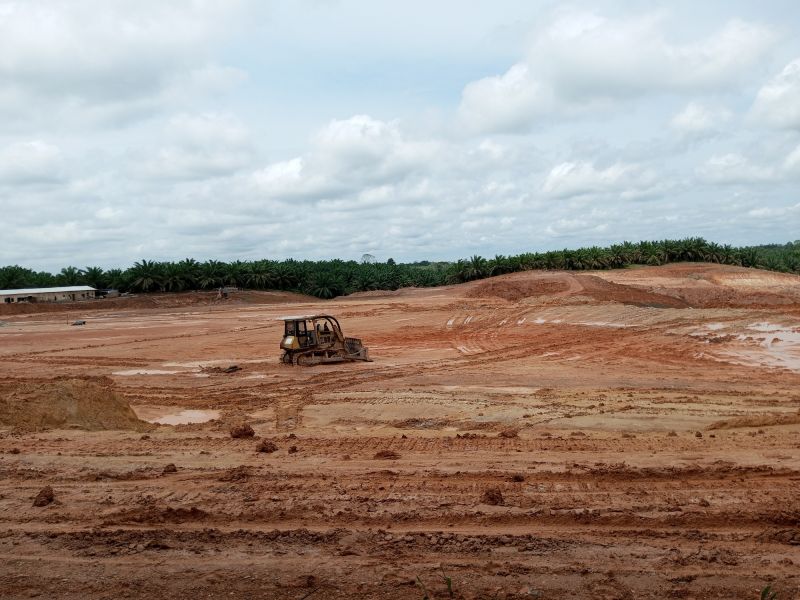
Simple add-ons that improve Bulldozer Land Clearings without blowing the budget.
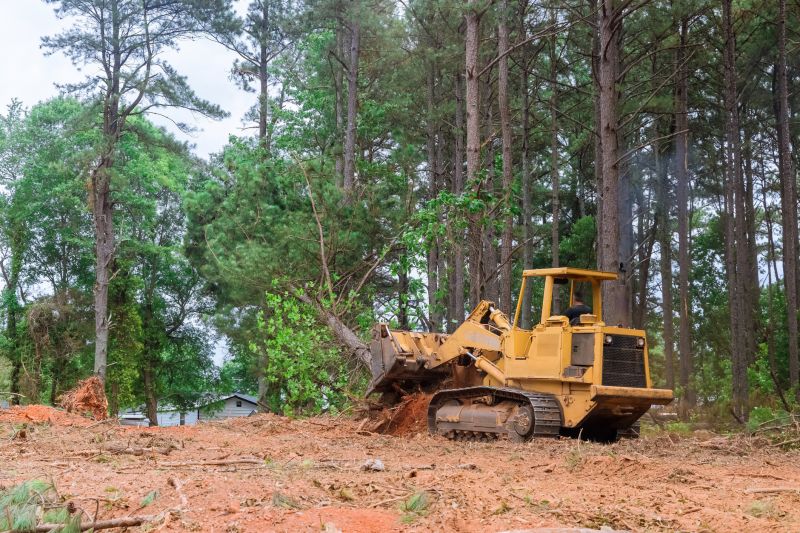
High-end options that actually feel worth it for Bulldozer Land Clearings.
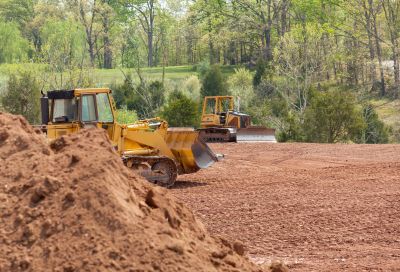
Finishes and colors that play nicely with Bulldozer Land Clearings.
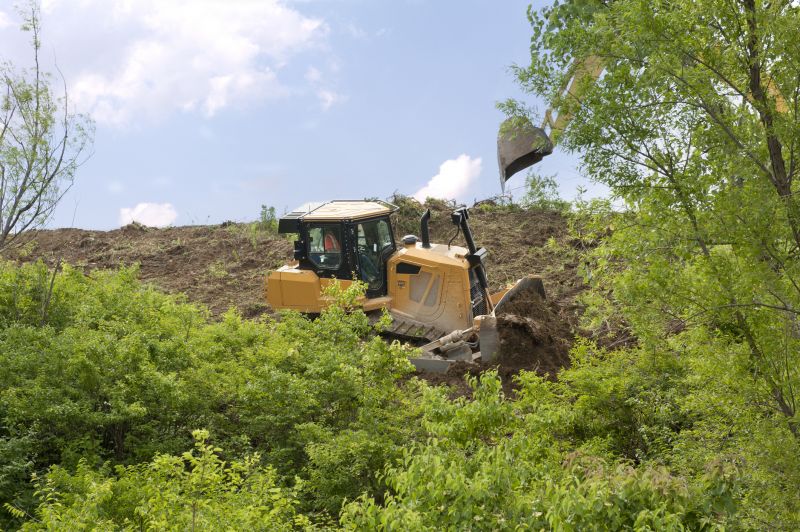
Winter conditions can be suitable for land clearing when soil is frozen, providing a stable base.
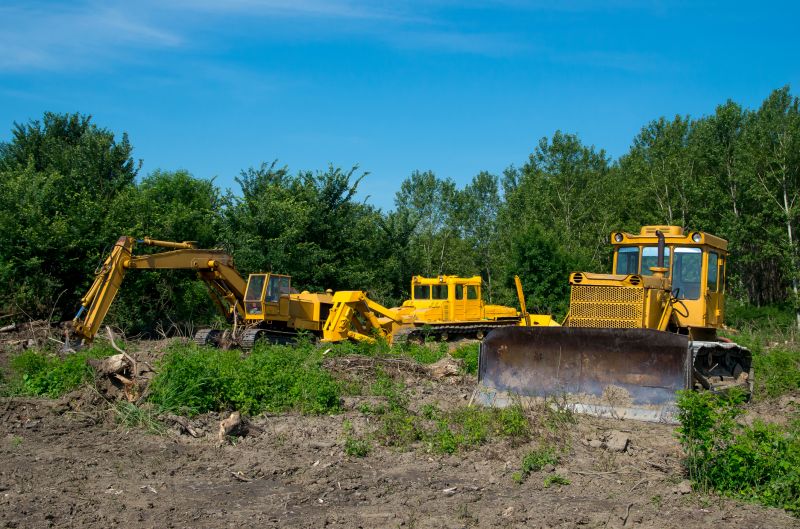
Spring offers opportunities for land clearing before planting seasons, but soil may be muddy.
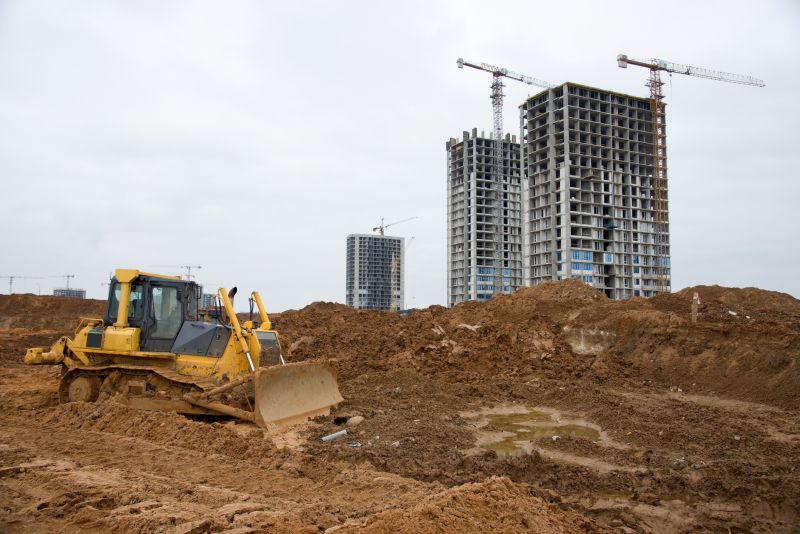
High temperatures and dry conditions can increase dust and fire risks during summer clearing.
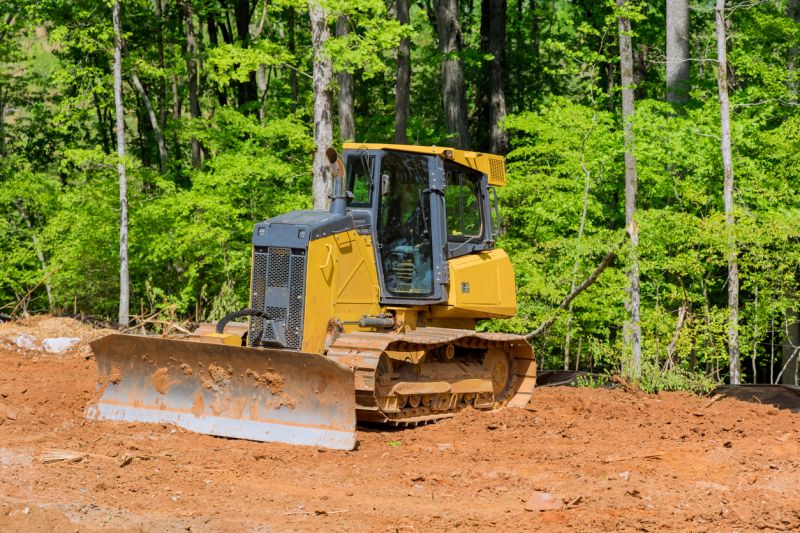
Little measurements that prevent headaches on Bulldozer Land Clearings day.
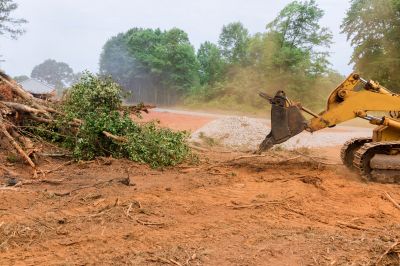
A 60-second routine that keeps Bulldozer Land Clearings looking new.
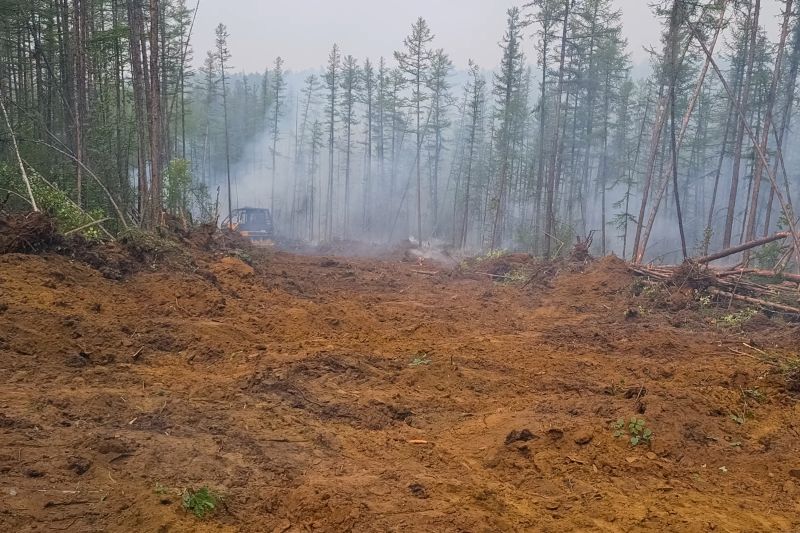
A frequent mistake in Bulldozer Land Clearings and how to dodge it.
| Season | Ideal Conditions |
|---|---|
| Spring | Moderate soil moisture, dormant vegetation |
| Summer | Dry weather, high temperatures |
| Fall | Post-harvest, leaf fall |
| Winter | Frozen ground, minimal vegetation |
Bulldozer land clearings involve the removal of trees, brush, and debris to prepare land for development, agriculture, or construction. Heavy machinery like bulldozers can clear large areas efficiently, especially when conditions are optimal. Proper timing reduces operational challenges, minimizes environmental impact, and ensures safety. The choice of season influences soil stability, vegetation density, and accessibility, all of which impact project costs and duration.
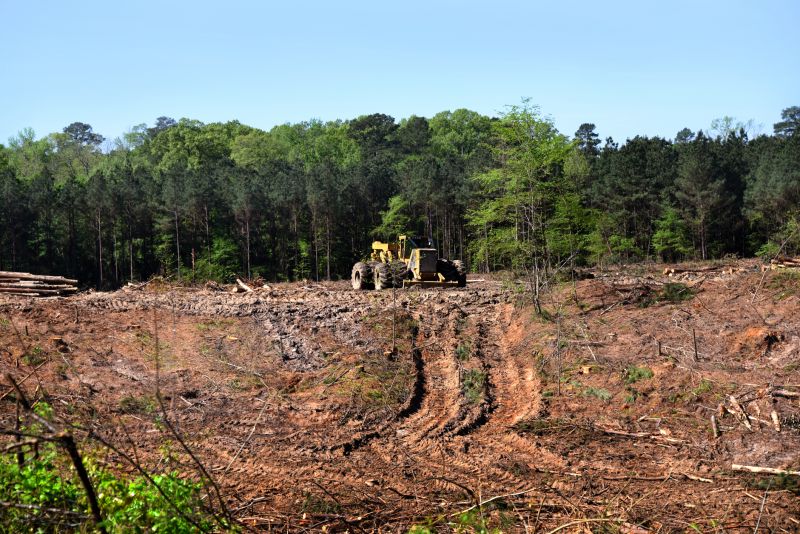
A bulldozer clearing land during optimal dry conditions.
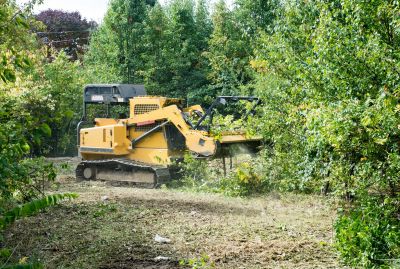
Removing dense brush and trees efficiently with heavy machinery.
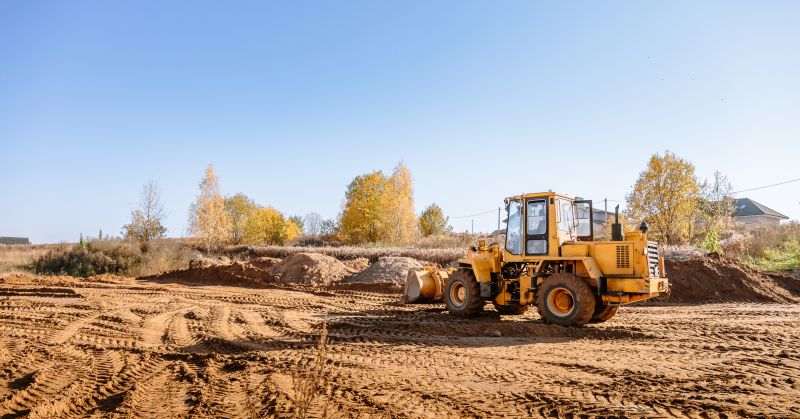
Preparing land after clearing for subsequent development activities.
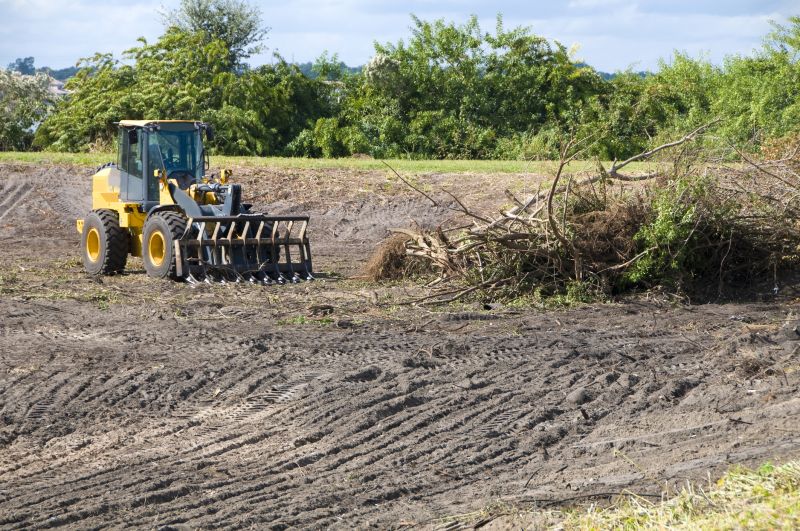
Effective removal and disposal of debris post-clearance.
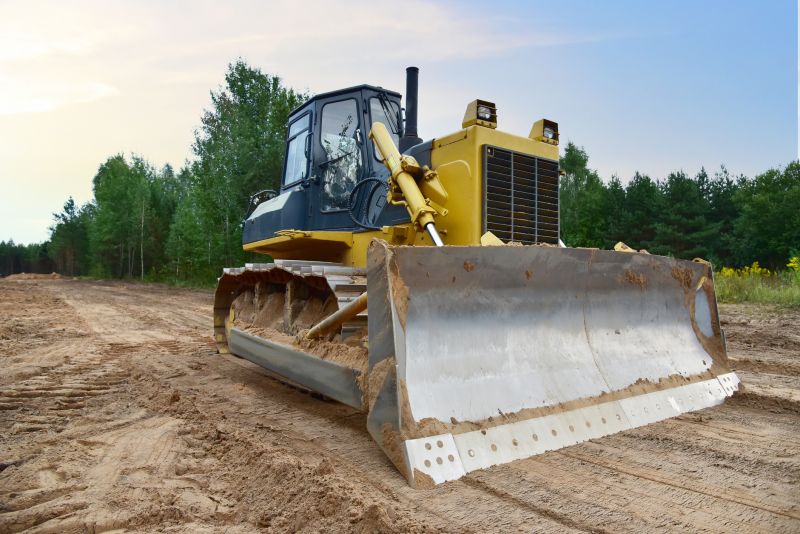
Small tweaks to make Bulldozer Land Clearings safer and easier to use.
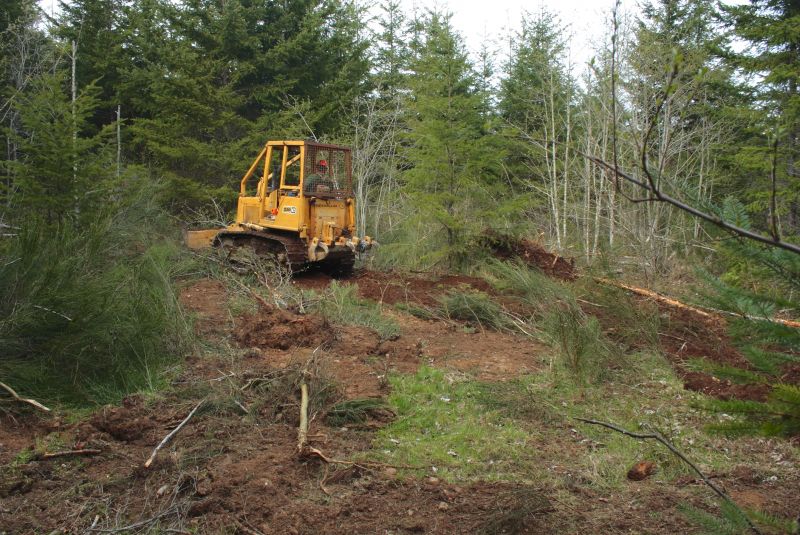
Lower-waste or water-saving choices for Bulldozer Land Clearings.
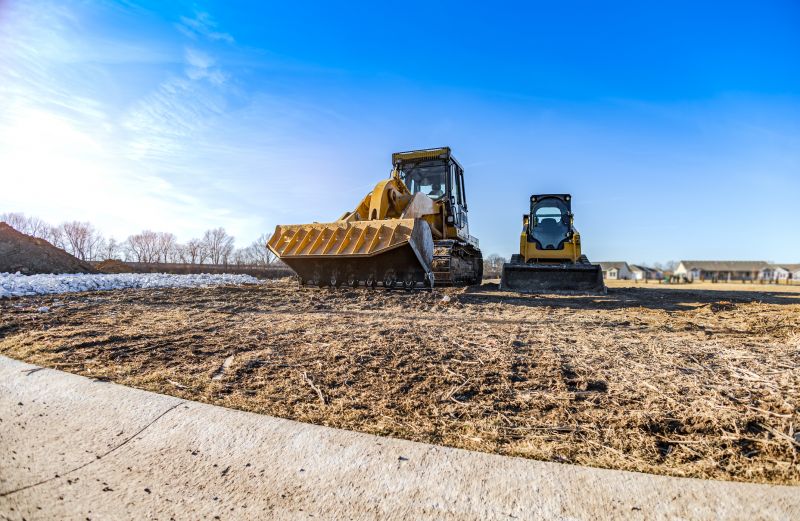
The short, realistic tool list for quality Bulldozer Land Clearings.
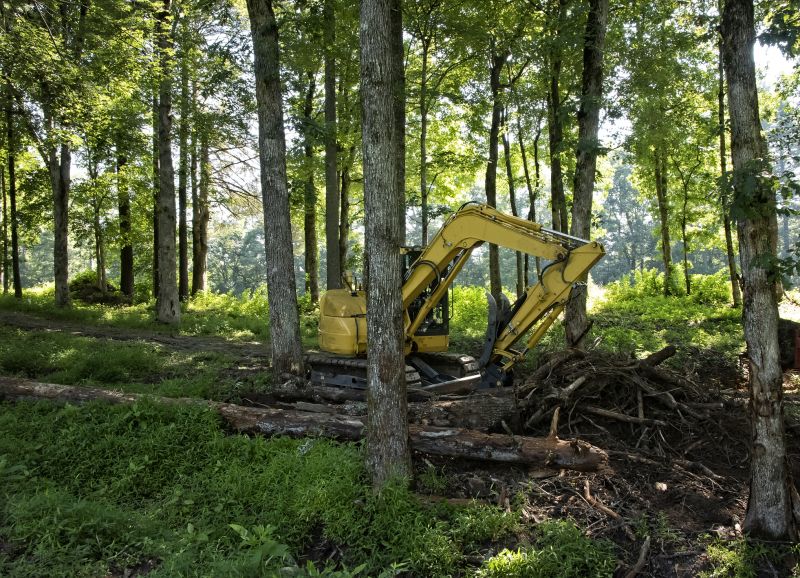
Rough timing from prep to clean-up for Bulldozer Land Clearings.
Interested parties seeking land clearing services are encouraged to contact for more information. Proper scheduling and understanding of seasonal factors can significantly impact project outcomes, ensuring efficient and effective land preparation.
